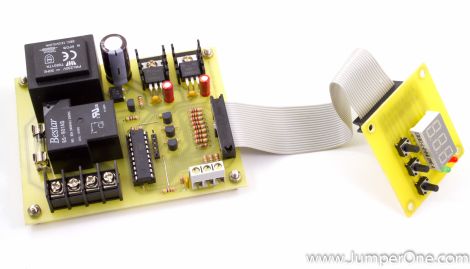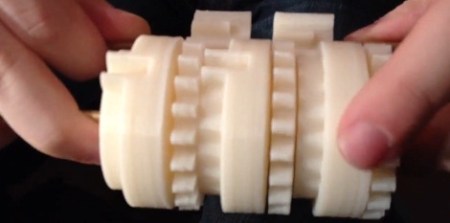
When [Mark] sent in the tip about this crawling zombie prop he said that it didn’t sound scary but warned us that it is terrifying when you see it. He’s absolutely right, the video after the break shows some remarkably undead movement from the thing.
This crawler is actually radio controlled. Details are brief, but there’s plenty of pictures and the start of a build tutorial for the hardware. A wood frame serves as collar-bone and spine for the zombie. Attached to the spine are two motors which allow independent shoulder operation. We’d wager that the realistic movements are due to a talented operator at the controls, but it can’t be too hard to master if you play around with it for a while. It looks like the initial build was headless, but we think the addition of the zombie head really makes finishes out the project!

















